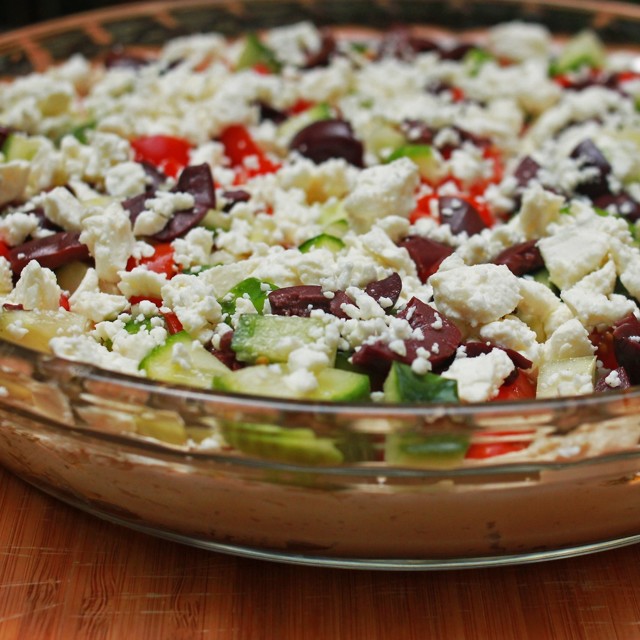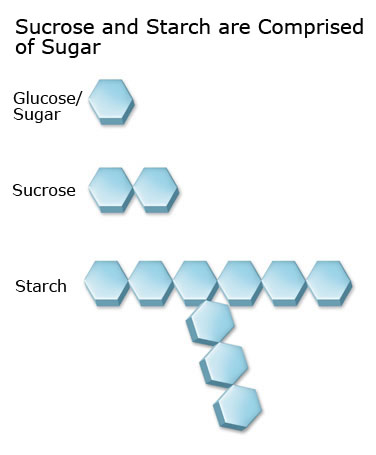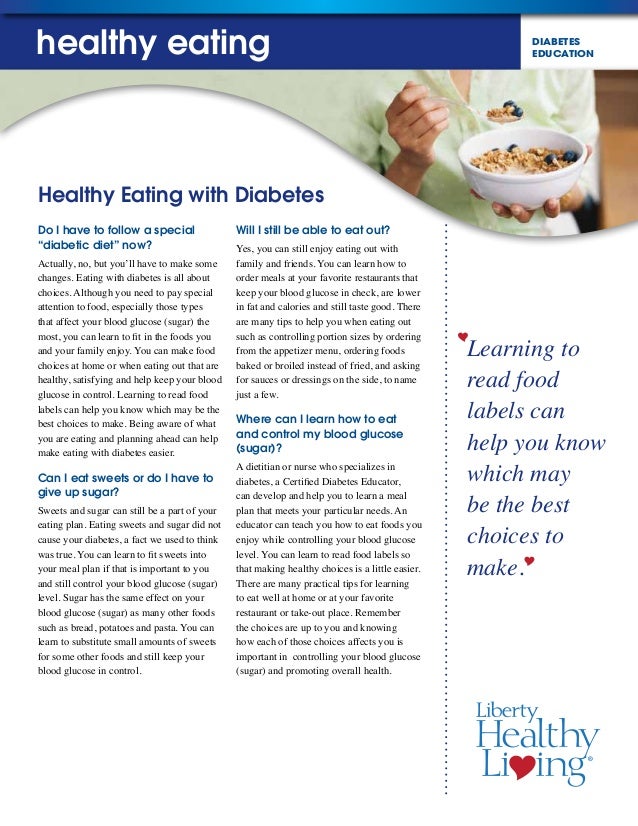44 reading food labels diabetes
PDF What Can I eat? - American Diabetes Association How to read the label: Example 1 Chicken breast with skin Nutrition Facts Serving Size 4 ounces (1 chicken breast) Servings Per Container 4 Amount Per Serving Calories 220 Total Fat 8gSaturated Fat 2.5gTrans Fat 0g Cholesterol 95mgSodium 80mg Total Carbohydrate 0gDietary Fiber 0gSugars 0g Proteins 33g Chicken breast, no skin Nutrition Facts Reading Food Labels When You Have Diabetes Introduction. When a food comes in a package, take a look at the Nutrition Facts label and ingredient list on the package. Start with the "% Daily Value" column on the food label. A food is considered low in a specific nutrient (such as fat, saturated fat, cholesterol, carbohydrate, or sodium) if it has 5% or less of the daily value.
How to Read Food Labels When You Have Type 2 Diabetes Quick Tip: When you see sugar-free on a label it means less than 0.5 grams of sugar per serving. No sugar added doesn't mean low or no-carb. A lot of food labels say "no sugar added" but these foods might have tons of carbs. No sugar added simply means no sugar was added during processing or packaging. Sugar alcohols have hidden carbs.

Reading food labels diabetes
Understanding food labels fact sheet - NDSS Food labels will typically include a nutrition information panel, list of ingredients, the 'use by' or 'best before' date and identify potential food allergens and additives. Food labels also tell you the amount of carbohydrates (carbs) you eat and drink. This can help you manage your blood glucose levels. Reading Food Labels, The Most Basic Tool in Diabetes Management So if you have diabetes, pay attention to the amount and type of fat when reading food labels. Sodium Sodium is another parameter when reading food labels. Although sodium or sugar has no effect on blood sugar levels, increasing the amount of sodium increases the risk of heart problems. Some tips to help you with reading food labels Reading food labels: Tips if you have diabetes - Drugs.com Nutrients and Daily Value: The label must list the amounts of total fat, saturated fat, trans fat, cholesterol, sodium, total carbohydrate, dietary fiber, sugars, protein, vitamin D, calcium, iron and potassium that are in one serving. The Daily Value (DV) tells you how close you are to meeting your daily requirements for each nutrient.
Reading food labels diabetes. Food Labels | CDC Apr 23, 2021 · If you eat the whole thing, you are eating 8 times the amount of calories, carbs, fat, etc., shown on the label. Total Carbohydrate shows you types of carbs in the food, including sugar and fiber. Choose foods with more fiber, vitamins, and minerals. Choose foods with lower calories, saturated fat, sodium, and added sugars. Avoid trans fat. Reading Food Labels When You Have Diabetes - WebMD Talk to your doctor or your diabetes educator about how to adjust the % Daily Values on labels for your diet. In general, when it comes to fat, saturated fat, cholesterol, and sodium, choose foods... Reading Food Labels | ADA Reading labels can help you find these hidden sources and compare the sodium in different foods. Whether you have diabetes or not, 2300 milligrams (mg) or less per day is the general recommendation. If you have high blood pressure, talk with your health care team to find out the best goal for you. List of ingredients PDF TO CARE 4 YOURSELF READING A NUTRITION FACTS LABEL - novoMEDLINK Reading the label can help you compare the amount of sodium in different foods so that you can choose lower-sodium options. Talk with your diabetes care team about what to include in your meal plan. Reading a Nutrition Facts label Reference: 1. American Diabetes Association. Standards of medical care in diabetes—2019.
Reading Food Labels to manage Diabetes When reading the label of food packaging, it's helpful to also be mindful of the salt content and fatty acids. Eaten in large quantities, salt causes hypertension and kidney complications and fatty acids can lead to cardiovascular problems. It can also be helpful for people with type 2 diabetes to keep track of overall calorie intake because ... Reading Food Labels When You Have Diabetes | Kaiser Permanente Start with the "% Daily Value" column on the food label. A food is considered low in a specific nutrient (such as fat, saturated fat, carbohydrate, or sodium) if it has 5% or less of the daily value. A food is considered high in that nutrient if it has 20% or more of the daily value. Watch out for health claims on food labels. Reading food labels & nutrition panel - Diabetes Queensland Reading food labels When choosing packaged food, choose products with: lower energy (kilojoules) if you are trying to lose weight lower total and saturated fat lower sugar lower sodium higher fibre Every food label tells a story and the Nutrition Information Panel simply gives you the facts. Reading food labels: Tips if you have diabetes - Augusta Health Reading food labels: Tips if you have diabetes. Content provided by Mayo Clinic. Date Updated: 06/25/2021. Start with the list of ingredients. Consider carbs in context. Put sugar-free products in their place. Beware of fat-free products. Know what counts as a free food. Do the math.
PDF Label reading basics for diabetes - Veterans Affairs Label Reading Basics for Diabetes Serving Size The serving size is the portion size used for all the values on the label. Different foods have different serving sizes. The serving size on this label is 2/3 cup. Servings per Container Indicates the number of servings in the container. How to Read the New Food Label All food products should have the new label by January 2021. It's essential for people with diabetes to read labels and understand what's in the food you eat. The Nutrition Facts label gives you information to compare products and decide what's right for you. When reading the Nutrition Facts label, start at the top with information about servings. Learning To Read Labels :: Diabetes Education Online On a nutrition food label, subtract the fiber from the total carbohydrate amount. When you read food labels, the grams of sugar are already included in the total carbohydrate amount, so you do not need to count this sugar amount separately. The grams of sugar listed include both natural sugars, from fruit or milk, and added sugars. Making Sense of Food Labels | ADA - diabetes.org Reading labels can help you find these hidden sources and compare the sodium in different foods. Whether you have diabetes or not, 2300 milligrams (mg) or less per day is the general recommendation. If you have high blood pressure, talk with your health care team to find out the best goal for you. List of ingredients
PDF READING FOOD LABELS - Ozempic READING FOOD LABELS Food labels have just about everything you need to know to make type 2 diabetes-friendly food choices. So, it's important that you know how to read them. Here's how. Franklin Becker ... MyType2Transformation.com . has videos, tools, and resources that help you make eating type 2 diabetes-friendly. Print this card and ...
Reading food labels: Tips if you have diabetes - Mayo Clinic Look for foods with 3 or more grams of fiber. Put sugar-free products in their place Sugar-free doesn't mean carbohydrate-free. Sugar-free foods may play a role in your diabetes diet, but remember that it's equally important to consider carbohydrates as well. A sugar-free label means that one serving has less than 0.5 grams of sugar.
Reading Food Labels | ADA - American Diabetes Association The Nutrition Facts labels on foods are really the key to making the best choices. We'll cover the basics so that these labels make shopping easier for you. You've heard it all. From carb-free to low-carb, to whole and empty carbs, it's hard to know what it all means. Blood sugar highs and lows aren't always easy to understand.
PDF Label Reading Basics for Diabetes - Veterans Affairs Label Reading Basics for Diabetes NUTRITION FACTS Serving Size ½ cup (114g) Servings Per Container: 4 Amount Per Serving Trans Fat 0g ** Cholesterol 0 mg Sodium 300mg Total Carbohydrate Dietary Fiber 3g 0% 13% 13g 4% 12% Sugars 3g Sugar alcohols 2g
Understanding food labels | Diabetes UK Check the ingredients list - if syrup, invert syrup, cane sugar, molasses or anything ending in 'ose' is within the first three ingredients, this suggests the food contains more added sugar. Choose an alternative if possible, or be mindful of the portion you eat. Check the fibre content on the back of pack label.
Reading Food Labels When You Have Diabetes | Cigna Start with the "% Daily Value" column on the food label. A food is considered low in a specific nutrient (such as fat, saturated fat, carbohydrate, or sodium) if it has 5% or less of the daily value. A food is considered high in that nutrient if it has 20% or more of the daily value. Watch out for health claims on food labels.
How to Read Food Labels When You Are Diabetic - Diabetics Weekly Study the Carbohydrate Content in Detail. This is the most important aspect of how to read food labels when you have diabetes. The total amount of carbohydrates breaks down into complex carbohydrates, sugar, and fiber. Don't hone in on zero-sugar foods, as foods like milk and fruit contain natural sugars. By the same token, make sure to watch ...
Reading labels | Diabetes UK Key points Always look at the 'total carbohydrate' on the label when carb counting. This will make sure you are counting both the complex (starchy) and simple (sugary) carbs in your food. Both will raise your blood glucose (blood sugar) levels, and need to be matched with insulin.
Diabetes Food Label Reading: Quick Tips to Shop Smarter In fact, you comb the rows of canned, boxed, and packaged foods to find that almost every label claims that the food is “all natural,” “low in sugar,” “sugar free” or “fat free.” But what does this actually mean? Let’s debunk some of the most common health claims made on food packaging: “Sugar free”
Reading food labels: Tips if you have diabetes - Drugs.com Nutrients and Daily Value: The label must list the amounts of total fat, saturated fat, trans fat, cholesterol, sodium, total carbohydrate, dietary fiber, sugars, protein, vitamin D, calcium, iron and potassium that are in one serving. The Daily Value (DV) tells you how close you are to meeting your daily requirements for each nutrient.
Reading Food Labels, The Most Basic Tool in Diabetes Management So if you have diabetes, pay attention to the amount and type of fat when reading food labels. Sodium Sodium is another parameter when reading food labels. Although sodium or sugar has no effect on blood sugar levels, increasing the amount of sodium increases the risk of heart problems. Some tips to help you with reading food labels
Understanding food labels fact sheet - NDSS Food labels will typically include a nutrition information panel, list of ingredients, the 'use by' or 'best before' date and identify potential food allergens and additives. Food labels also tell you the amount of carbohydrates (carbs) you eat and drink. This can help you manage your blood glucose levels.












Post a Comment for "44 reading food labels diabetes"